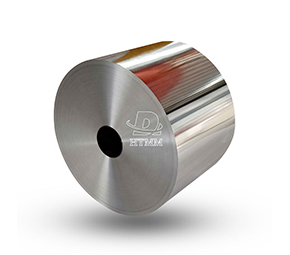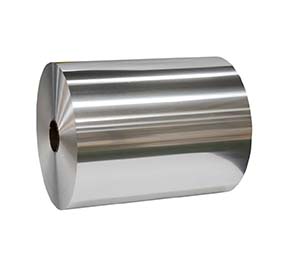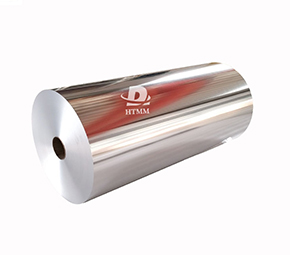Many producers and consumers ignore this because they believe that any aluminum material will work. They are unaware, nonetheless, that a mere 1% variation in the toughness or purity of the raw material might result in the heavy-duty aluminum foil malfunctioning while in use. Heavy-duty aluminum foil is very helpful for load-bearing industrial packaging and for wrapping huge portions of frozen meat in restaurant kitchens.The choice of raw material is important since the performance criteria are much greater than those of regular aluminum foil.
First and foremost, it's critical to realize that raw aluminum foil is customized to meet the unique application and performance needs of the foil rather than being a one-size-fits-all product. Similar to how choosing wood with different hardness is necessary for furniture, choosing raw materials for aluminum foil production depends on the particular requirements of the finished product. Heavy Duty Aluminum Foil Rolls are made from raw materials that adhere to strict purity and durability criteria. Since too many impurities can directly reduce the ductility of aluminum foil, making it more likely to break during rolling, high-purity aluminum ingots with a purity above 99.7% are usually utilized.
These ingots go through casting, rolling, melting, and impurity elimination procedures to produce aluminum foil blanks that are between 0.3 and 0.5 mm thick. It serves as a "foundation." It is only possible for future rolling to go smoothly and produce a heavy-duty aluminum foil roll that complies with standards when it is uniformly thick and devoid of bubbles and impurities.
The exceptional qualities of the raw aluminum foil material are what enable Heavy Duty Aluminum Foil to endure higher tensile and impact forces, even while wrapping frozen chicken weighing more than ten pounds or going through repeated folding. Common aluminum foil is frequently composed of pure aluminum, which is brittle and prone to tearing at the first sign of strain. An annealing technique is then used to heavy-duty aluminum foil after it has been alloyed with trace amounts of silicon and magnesium. Aluminum foil is made strong and flexible by the alloy ratio, which increases strength without increasing thickness, and the annealing process, which removes internal tensions created during production. For instance, it conforms to the contour of the food when meat processing workers wrap a full frozen hog leg, eliminating the possibility of the foil breaking during handling and letting the food fall out. The performance of the raw material is directly reflected in this.
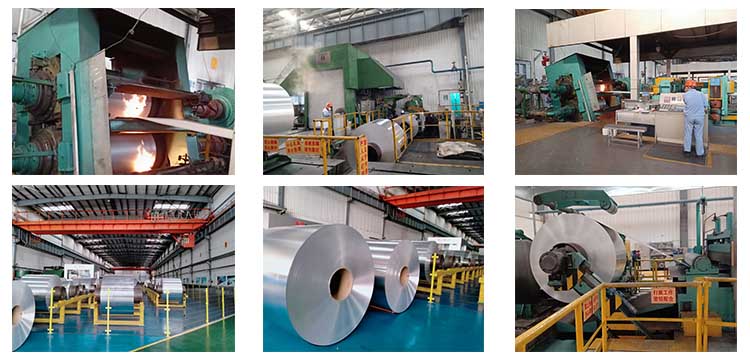
Although the raw materials for domestic aluminum foil don't need to be as strong as heavy-duty aluminum foil, their quality is still unwavering in the home. Since household aluminum foil is mostly used to wrap baked snacks and leftovers, safety and tearability are given first priority in its raw materials. The hardness of the blank is regulated to guarantee easy tearing, and high-purity aluminum is usually chosen to prevent safety risks related to alloying components. Heavy Duty Aluminum Foil is actually used in a variety of prolonged applications, including as freezing a huge steak, roasting an entire chicken, or using it as a "wrapping bag" for baked sweet potatoes. The benefits of this raw material are now clear: it efficiently retains the moisture and scent of the ingredients by neither tearing under the weight of the components or deforming or melting at oven temperatures higher than 200°C.
The consistency of the raw aluminum foil material is essential for making rolls of aluminum foil. Rolling aluminum foil requires several rolling mills because it repeatedly thins the raw material from around 0.3 mm to more than 10 microns. The rolled aluminum foil will show uneven thickness if the thickness of the raw material varies, for instance, by 0.4 mm in some places and 0.3 mm in others. While thicker sections will result in uneven tension in the roll and jam during unwinding, thinner sections will tear more readily. We strictly adhere to a tolerance of less than 0.01 mm when choosing raw materials by measuring the thickness of each piece using a laser thickness gauge.In order to ensure that every batch of raw materials satisfies the production criteria for Heavy Duty Aluminum Foil Rolls and to remove any potential processing risks at the source, we also utilize a density meter to verify purity.
Application requirements are the primary factor that distinguishes heavy-duty aluminum foil raw materials from home aluminum foil raw materials. With less raw material costs and easier production, household aluminum foil places a higher priority on safety and cost-effectiveness. In contrast, heavy-duty aluminum foil prioritizes performance. It can manage demanding applications despite being more costly. For instance, in the catering sector, fast-food businesses frequently wrap burgers and fried chicken in sturdy aluminum foil rolls before delivering them. This calls for great heat resistance to tolerate the high temperatures of newly baked goods without deforming or clinging to the food, as well as excellent sealing qualities to stop food odor transfer. The waterproof feature of the raw material keeps water from leaking into the molds owing to foil breakage when bakers use it to wrap cake molds for waterbath baking, guaranteeing cake quality.
The efficiency of producing aluminum foil rolls can also be greatly increased by selecting the appropriate raw material. Better raw materials are less likely to shatter when being rolled, which minimizes delay and the need for changes because of billet issues. Because they frequently contain impurities, low-quality billets are more likely to become trapped in the rolling mill while being rolled. Production is severely delayed throughout the day as a result of the 10–20 minutes wasted on each cleaning and rethreading procedure. However, continuous rolling made possible by high-quality raw materials lowers scrap rates from over 5% for low-quality materials to less than 1%, lowering costs and guaranteeing a steady supply. Consistent quality and a steady supply of raw materials are essential for manufacturers to run their production lines effectively around-the-clock and fulfill orders on schedule.
We use two control systems for acquiring raw materials for aluminum foil: We start by carefully vetting our sources, only collaborating with reliable and competent producers. Second, upon delivery, every batch of raw materials is thoroughly inspected. Before testing physical characteristics like tensile strength and elongation, we check the appearance for scratches and oxidation spots.To make sure the alloying element content satisfies requirements, we lastly conduct a chemical composition study. In order to replicate harsh operating circumstances, we conduct additional heat and tear resistance testing on the raw materials used in Heavy Duty Aluminum Foil Rolls. They cannot be put into storage unless their performance has been verified to be satisfactory. Catering businesses and food processing facilities have long recognized our heavy-duty aluminum foil rolls for their careful attention to detail in the raw materials.
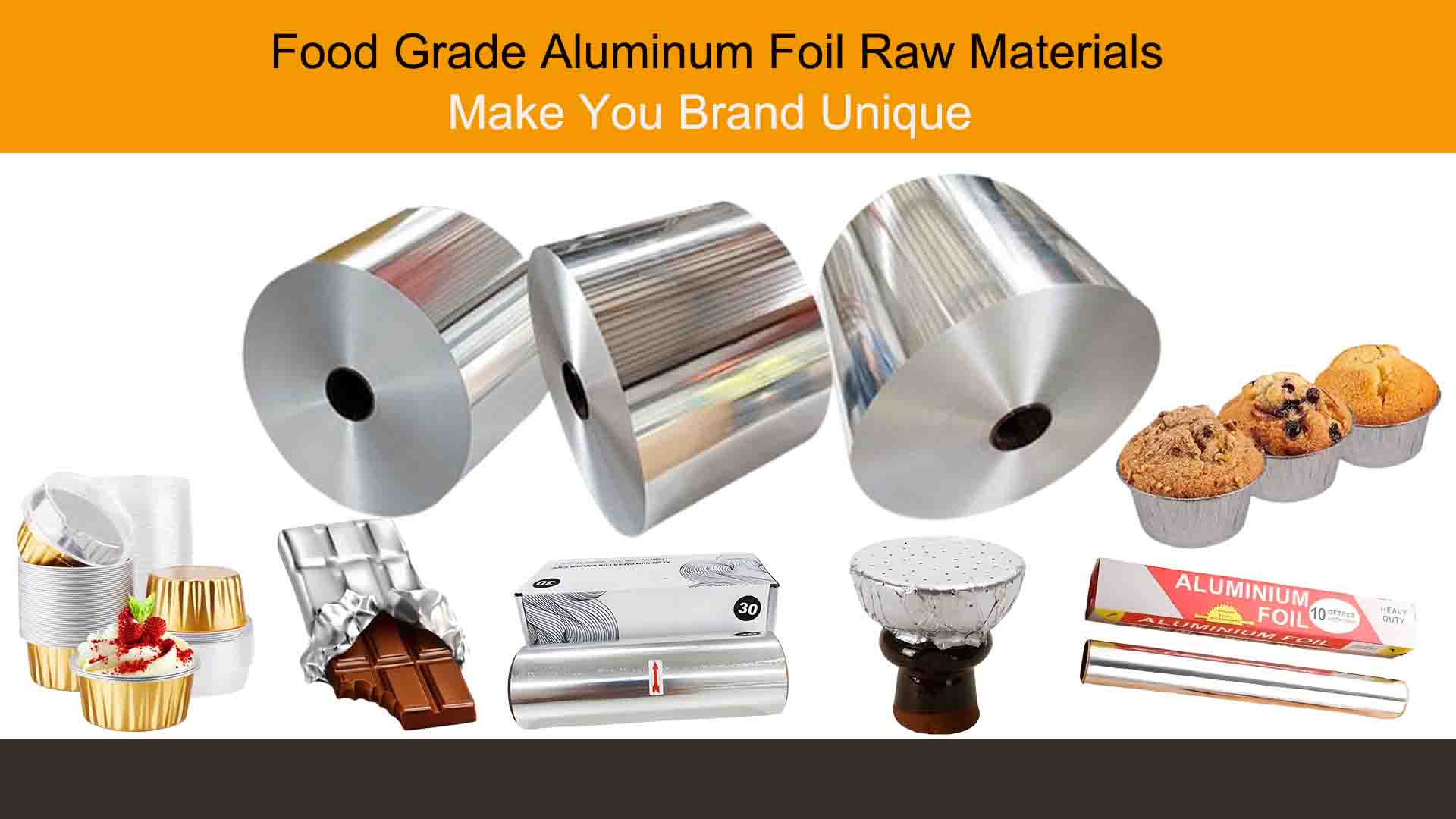
An essential component of making household or heavy-duty aluminum foil rolls is aluminum foil raw material. Certain applications require different standards for raw materials: heavy-duty aluminum foil raw materials must prioritize strength and durability to meet the exacting requirements of commercial applications, while household aluminum foil raw materials must balance safety and ease of use to ensure peace of mind for average households. We can only produce genuinely market-ready products by means of exact matching.
Please get in touch with us if you're a manufacturer of aluminum foil trying to find a trustworthy source for raw materials or if you're having trouble choosing materials for your products. In addition to offering premium raw materials, we also provide expert guidance specific to your target market and production equipment. For instance, we advise using raw materials with greater heat resistance for heavy-duty aluminum foil intended for the Middle Eastern market, while we place a stronger priority on cost-effectiveness for home aluminum foil. By using premium raw materials and providing attentive service, we intend to assist you in producing more widely used aluminum foil rolls, which will benefit both parties.

